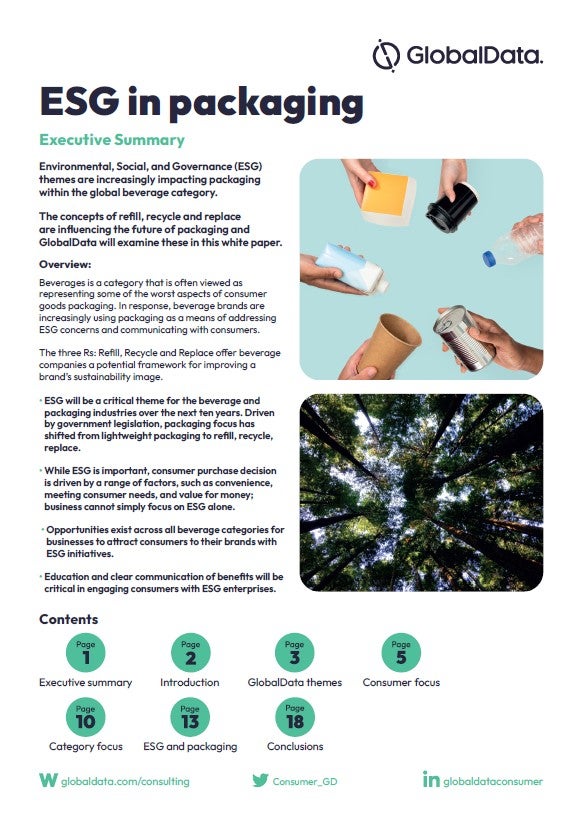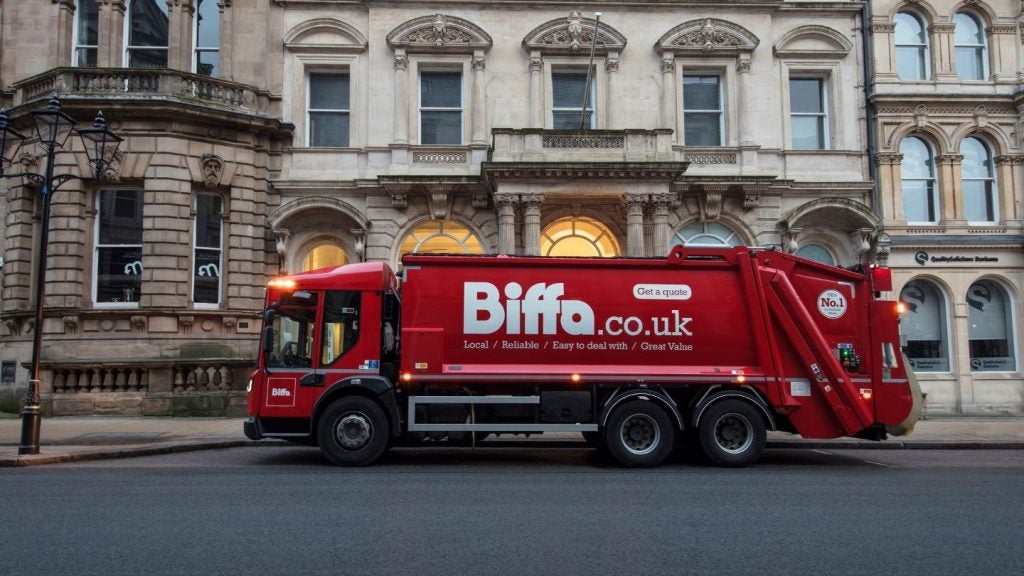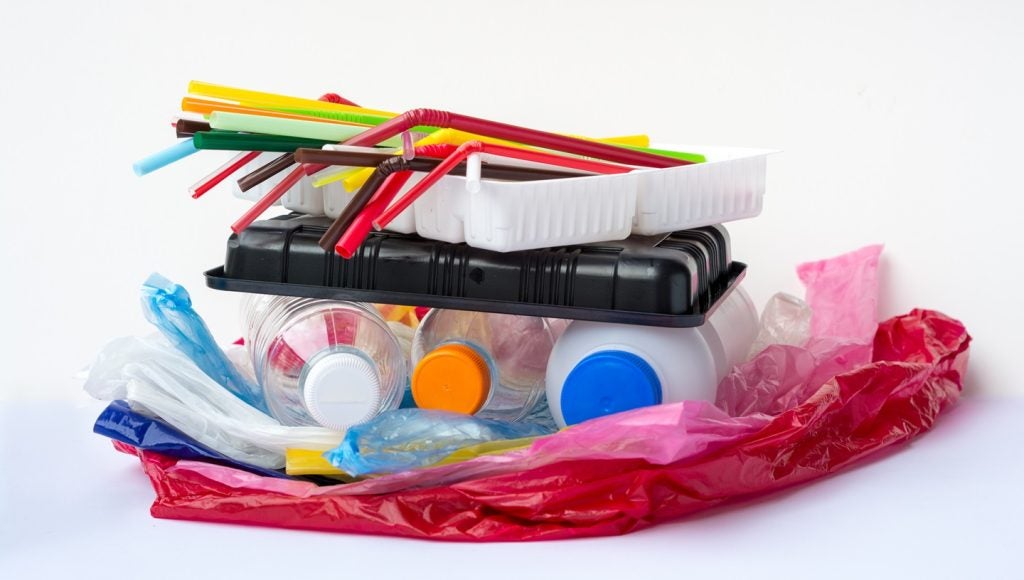
The global pandemic transformed many industries, none more viscerally than the restaurant sector.
Faced with widespread closures and unprecedented challenges, fine dining establishments found themselves pivoting towards take away services, a mode of operation previously unexplored by many.
How well do you really know your competitors?
Access the most comprehensive Company Profiles on the market, powered by GlobalData. Save hours of research. Gain competitive edge.

Thank you!
Your download email will arrive shortly
Not ready to buy yet? Download a free sample
We are confident about the unique quality of our Company Profiles. However, we want you to make the most beneficial decision for your business, so we offer a free sample that you can download by submitting the below form
By GlobalDataThis shift not only revolutionised how restaurants operated but also placed new demands on the packaging industry.
Here, we explore how the world of fine dining adapted to the challenges of take away service and the pivotal role that packaging has played in this transformation.
Adapting menus and embracing new packaging needs
During the Covid-19 pandemic, around the world, high-end restaurants known for their on-site dining experiences had to rethink their approach to reach their clientele.
For instance, Helsinki’s renowned restaurants Ora and Nolla, helmed by chefs Sasu Laukkonen and Luka Balac respectively, began offering multi-course meals as take away options.
This shift required a new approach to packaging—one that ensured food safety, maintained meal quality, and upheld the restaurant’s luxury appeal during transport.
The necessity for effective packaging was clear, as it needed to preserve the integrity of gourmet dishes, which are often far more delicate and temperature-sensitive than standard fare.
Sustainability at the forefront of packaging choices
As the pandemic accelerated the take away trend, it also amplified a growing emphasis on sustainability within the restaurant industry.
Both Ora and Nolla, alongside many others, began prioritising eco-friendly packaging solutions that aligned with their ethos of minimal environmental impact.
Laukkonen and Balac underscored that their choice of packaging materials focused primarily on ecological benefits, such as recyclability and reduced waste, before considering cost and aesthetics.
The shift towards materials like biodegradable plastics marked a significant move away from traditional options like polystyrene, known for its insulating properties but poor environmental footprint.
Challenges and innovations in the packaging sector
The surge in demand for take away options brought its own set of challenges, particularly in the availability of appropriate packaging materials. During the initial stages of the pandemic, there was a noticeable shortage, forcing some restaurateurs to source packaging from distant locations.
However, establishments like Ora and Nolla navigated these challenges with relative success, pointing to a resilient supply chain that could adapt to fluctuating demands.
Moreover, the packaging industry itself faced economic pressures as the increase in take away services could not fully compensate for the loss of bulk orders from restaurants, which had dwindled due to the pandemic.
Yet, this adversity spurred innovation within the sector, pushing companies to develop new packaging solutions that met the dual demands of functionality and sustainability.
These innovations are crucial as the industry prepares for future regulations, such as the EU Single Use Plastics Directive, which will impose stricter controls on disposable packaging.
Looking ahead: the future of packaging in dining
As the world slowly returns to normalcy, the lessons learned during the pandemic are likely to influence the future of dining and packaging. The emphasis on sustainability is expected to grow, driven by consumer awareness and upcoming legislative changes.
Restaurants will continue exploring how to balance operational costs with environmental responsibilities, and packaging will play a crucial role in this equation.
In conclusion, the pandemic has underscored the importance of packaging in the dining experience, transforming it from a mere functional necessity to a central component of restaurant strategy.
This evolution speaks to a broader shift towards sustainability and innovation, heralding a new era in both the restaurant and packaging industries.
The resilience and creativity shown by restaurateurs and packaging manufacturers alike not only helped them weather the storm but also set new standards that will define the future of take away dining.








